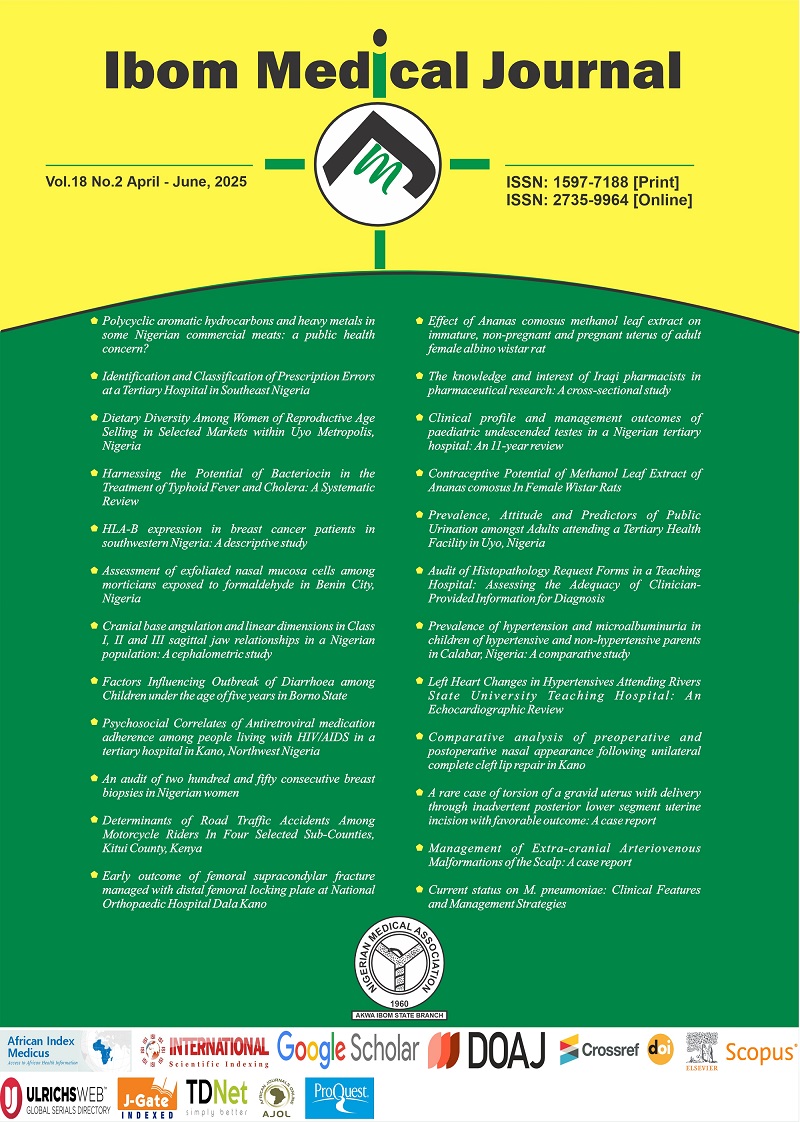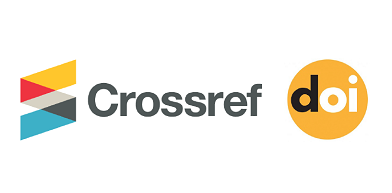Identification and Classification of Prescription Errors at a Tertiary Hospital in Southeast Nigeria
DOI:
https://doi.org/10.61386/imj.v18i2.657Keywords:
Prescription errors, Prescription, Identification, Assessment, Tertiary hospitalAbstract
Background: Prescription errors are the most common type of medication errors that occur in healthcare settings, and they are risk factors to adverse effects, drug therapy problems and failure in therapeutic goals.
Objectives: The study was designed to identify, classify, and assess prescription errors in three units of a Nigerian tertiary hospital.
Methods: This was a retrospective screening of prescriptions from patients’ case folders in Ophthalmology, General Outpatient Department (GOPD) and National Health Insurance Authority (NHIA) units of Alex Ekwueme Federal University Teaching Hospital, Abakaliki. Prescriptions from these units were conveniently selected for assessment in May 2022. Statistical Package for Social Science (SPSS) Version 23 was used for analysis.
Results: Nine hundred and forty-one (941) case folders were screened, and 840 (89.3%) prescription errors were identified. Of these, there were 470 (56.0%) errors of commission, 165 (19.6%) errors of omission related to prescriber, and 205 (24.4%) errors of omission related to medication. Illegible writing, absence of prescriber’s name and signature and absence of diagnosis were the most common errors related to the prescriber. Absence of dose/strength, duration and frequency were the most common errors related to medication. The most common error of commission was drug-drug interaction which occurred in 324 (68.9%) prescriptions. NHIA had the highest prescription errors (429; 51.1%) followed by GOPD (264; 31.4%) and Ophthalmology (147; 17.5%).
Conclusion: There was a high prescribing errors in the study setting. This calls for an urgent need for regular training on prescribing practices in the study setting to reduce prescription errors and improve the achievement of therapeutic goals.
Published
License
Copyright (c) 2025 Patricia Uche Ogbo, Chioma Assumpta Okonkwo, Collins Chukwuemeka Magbo, Chidimma Maryrose Ononugbo, Cyndi Chinelo Ofolebe, Okafor-_nc@gmail.com, Charles Chiemela Nwaobilor, Ogochukwu Ifeoma Ugwuede, Chimezie William Nnaji

This work is licensed under a Creative Commons Attribution 4.0 International License.










